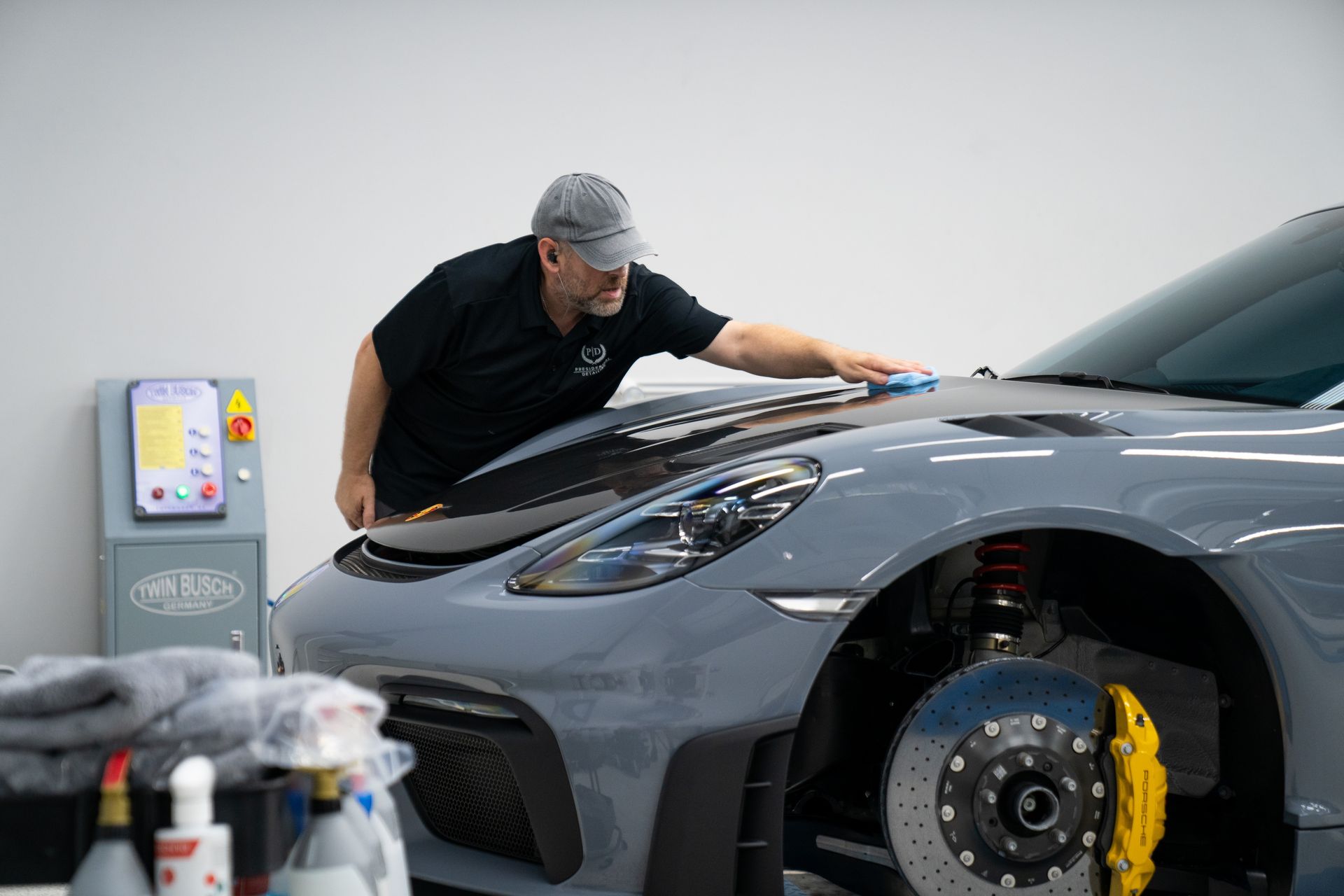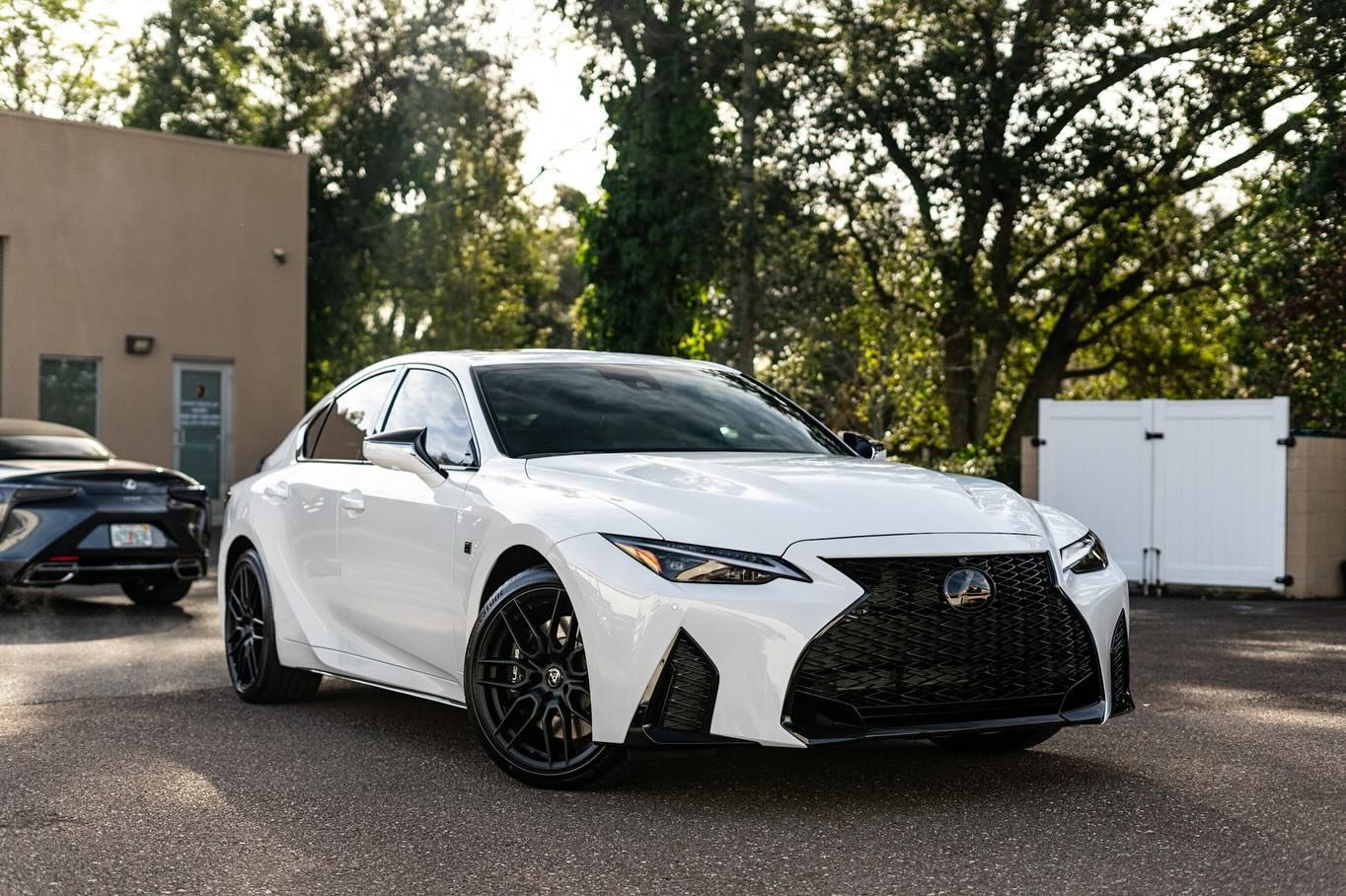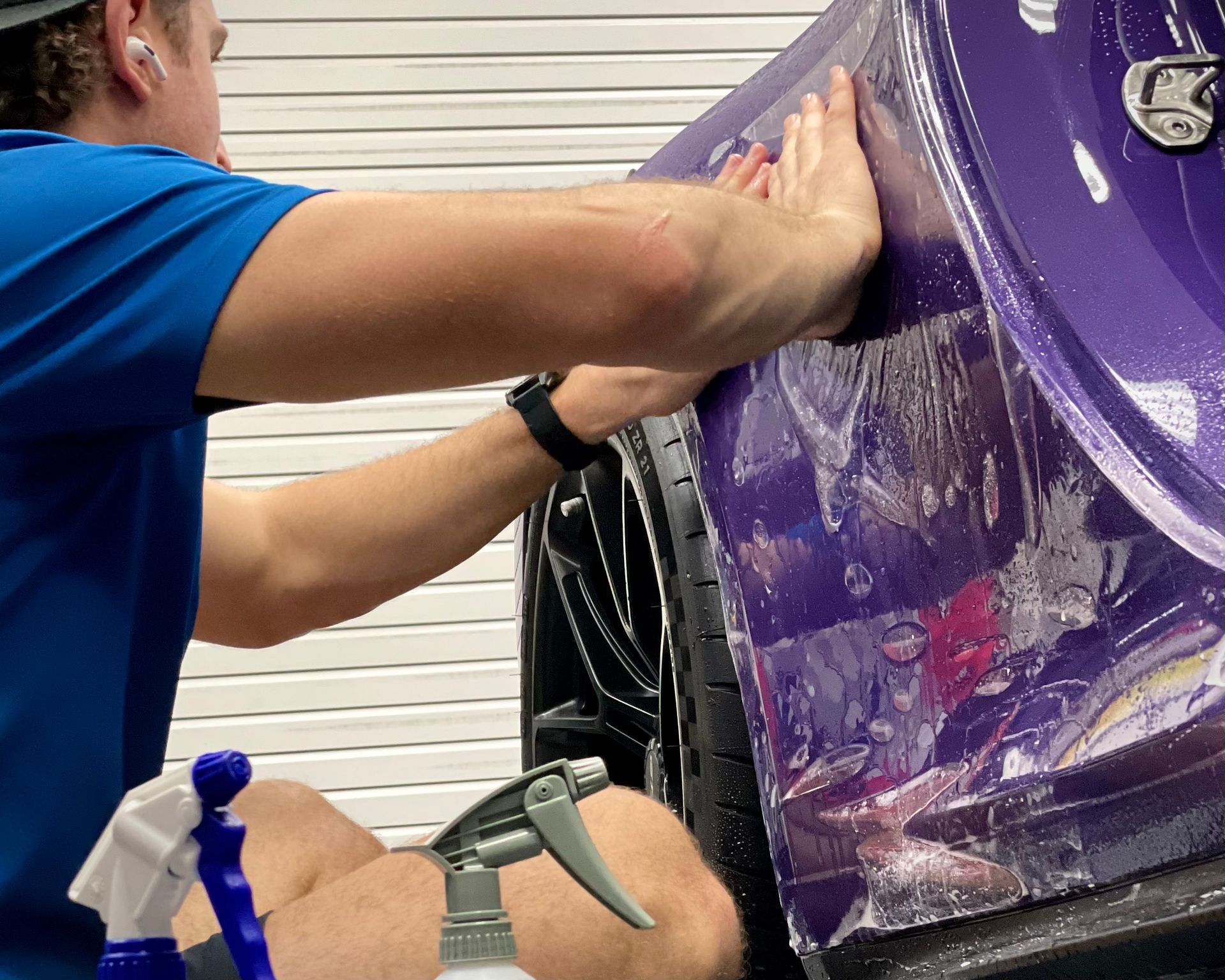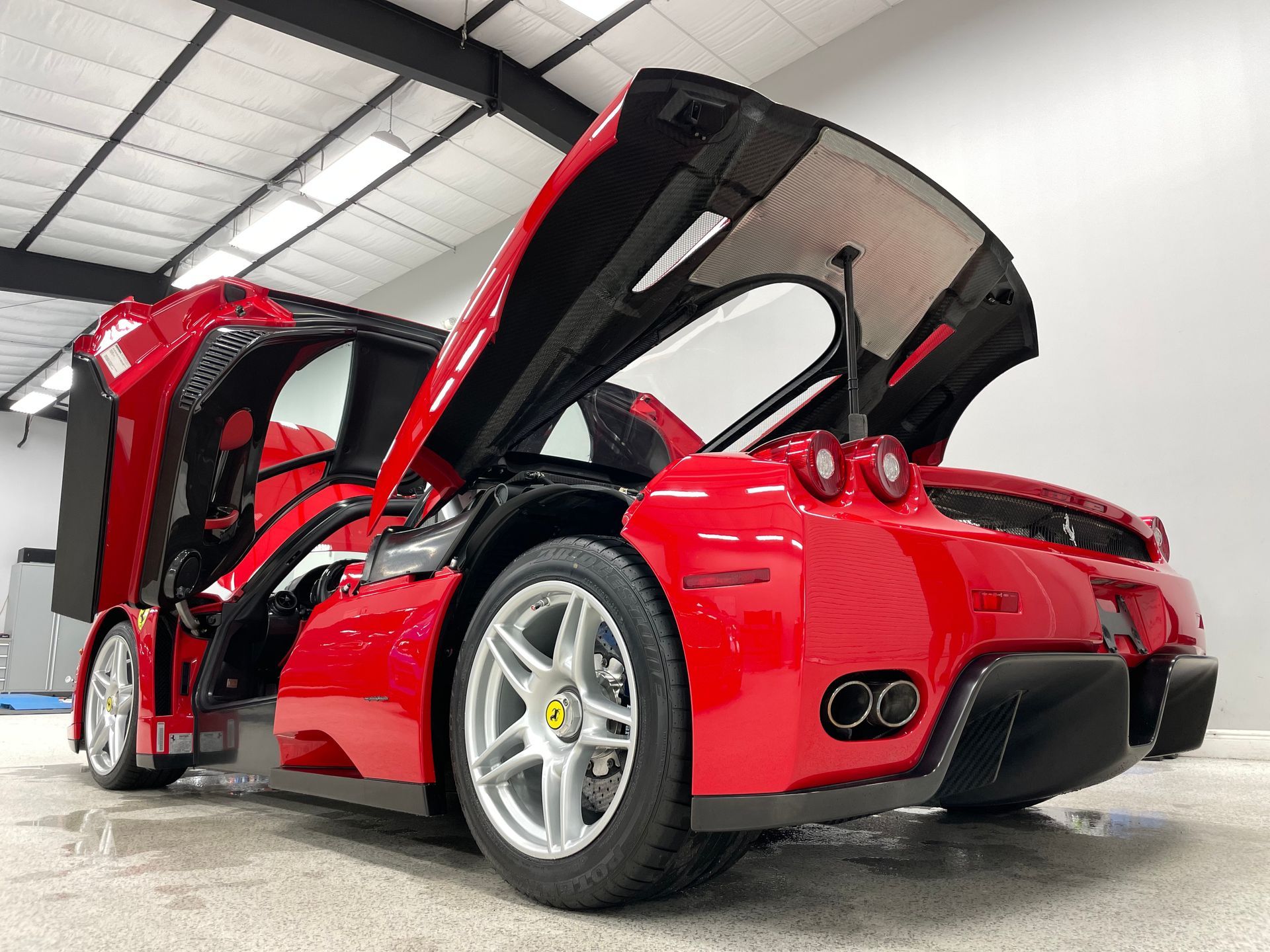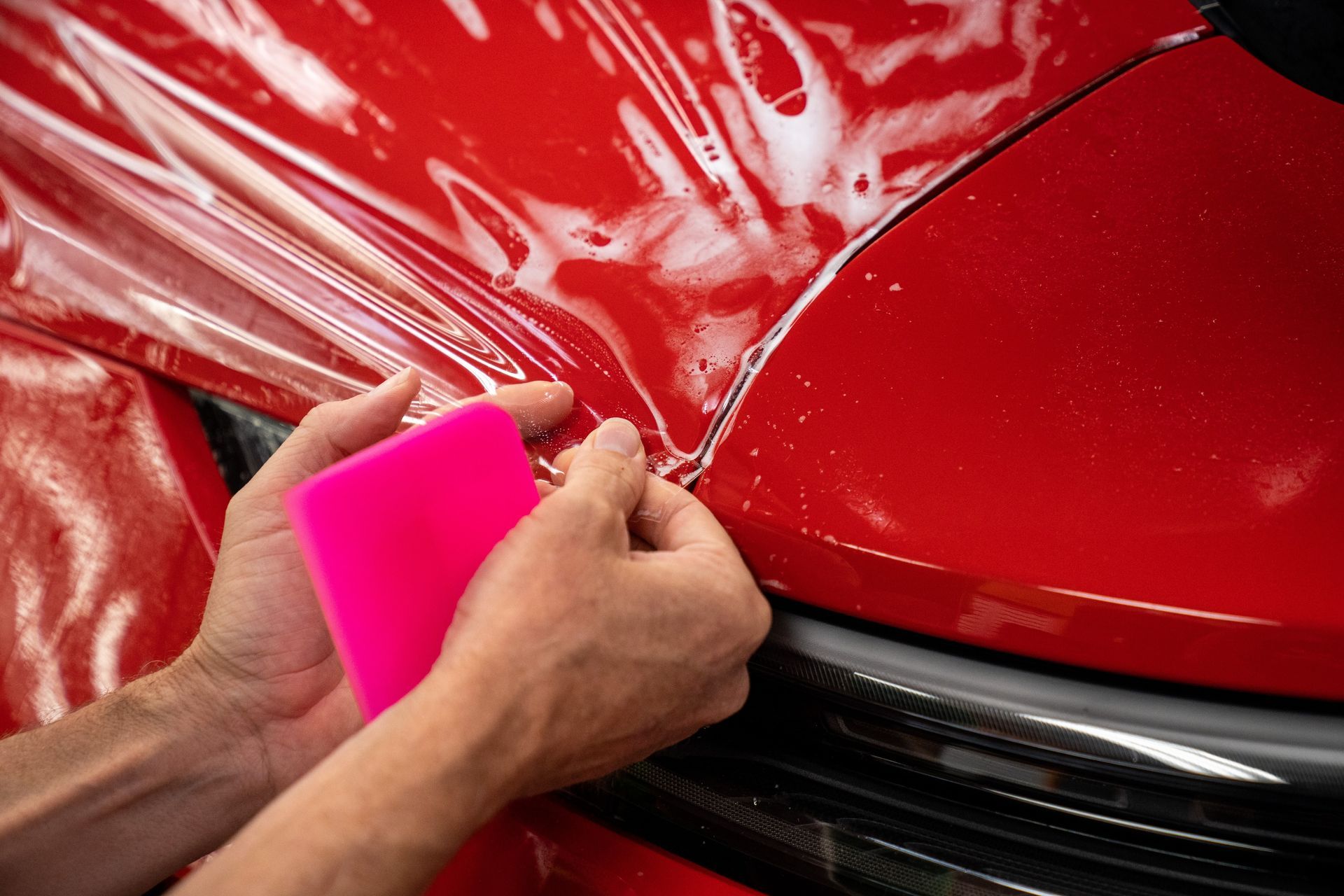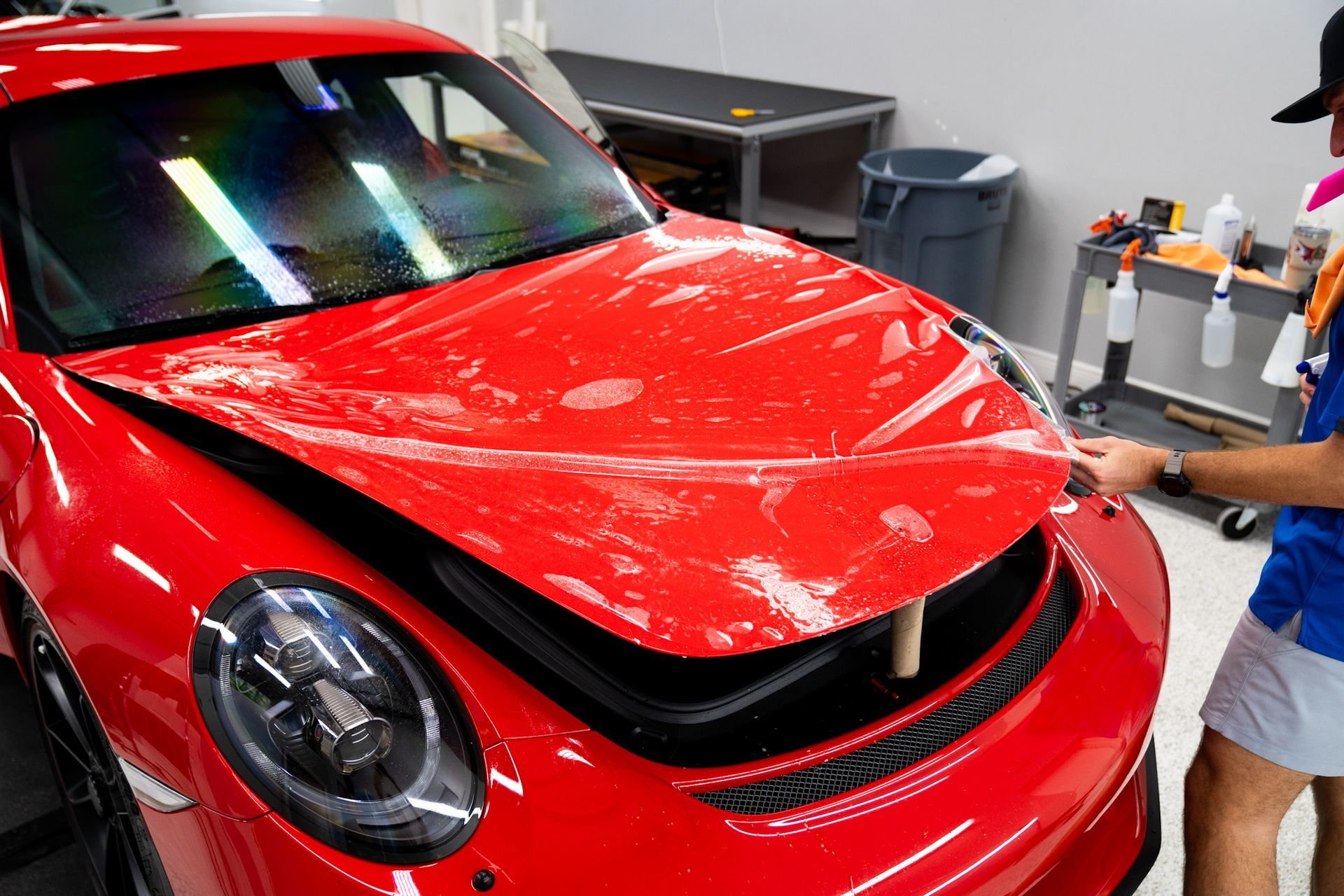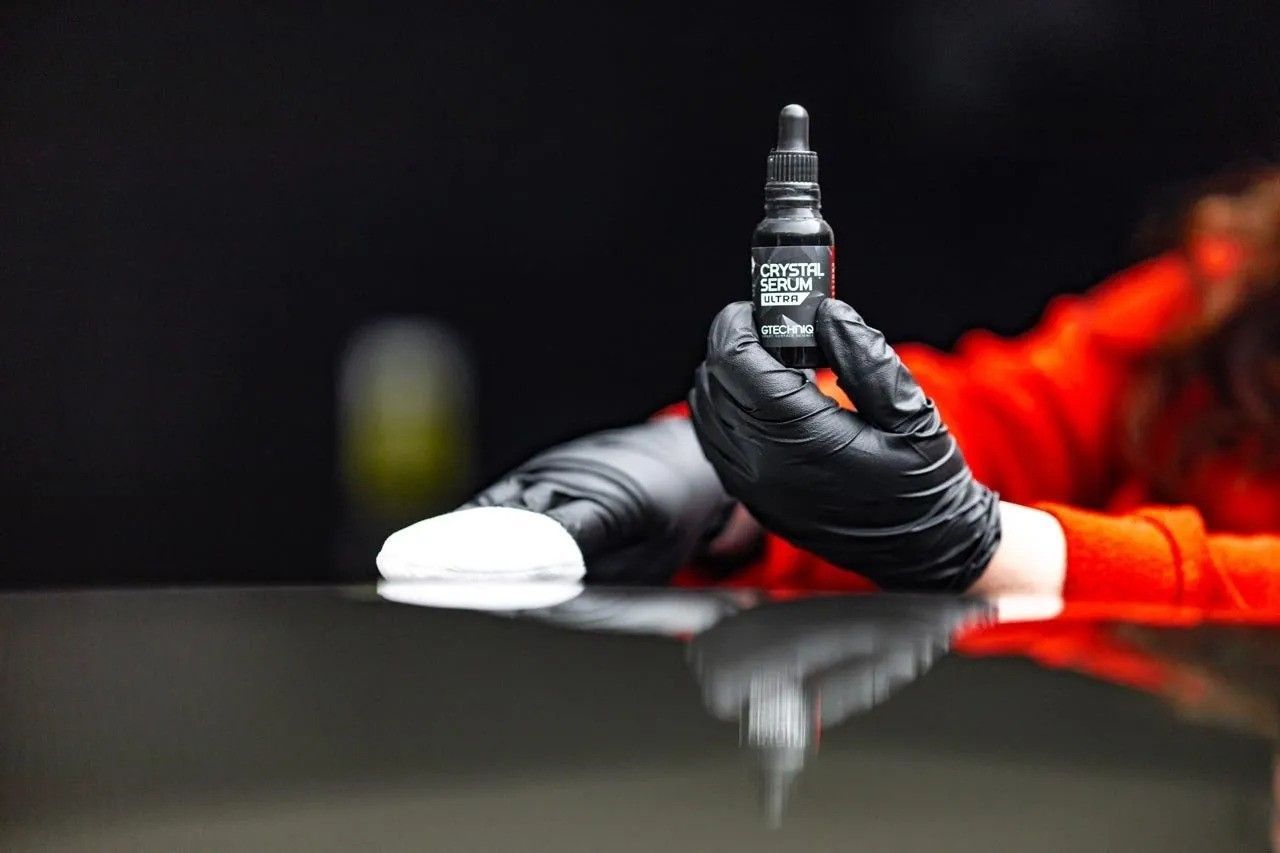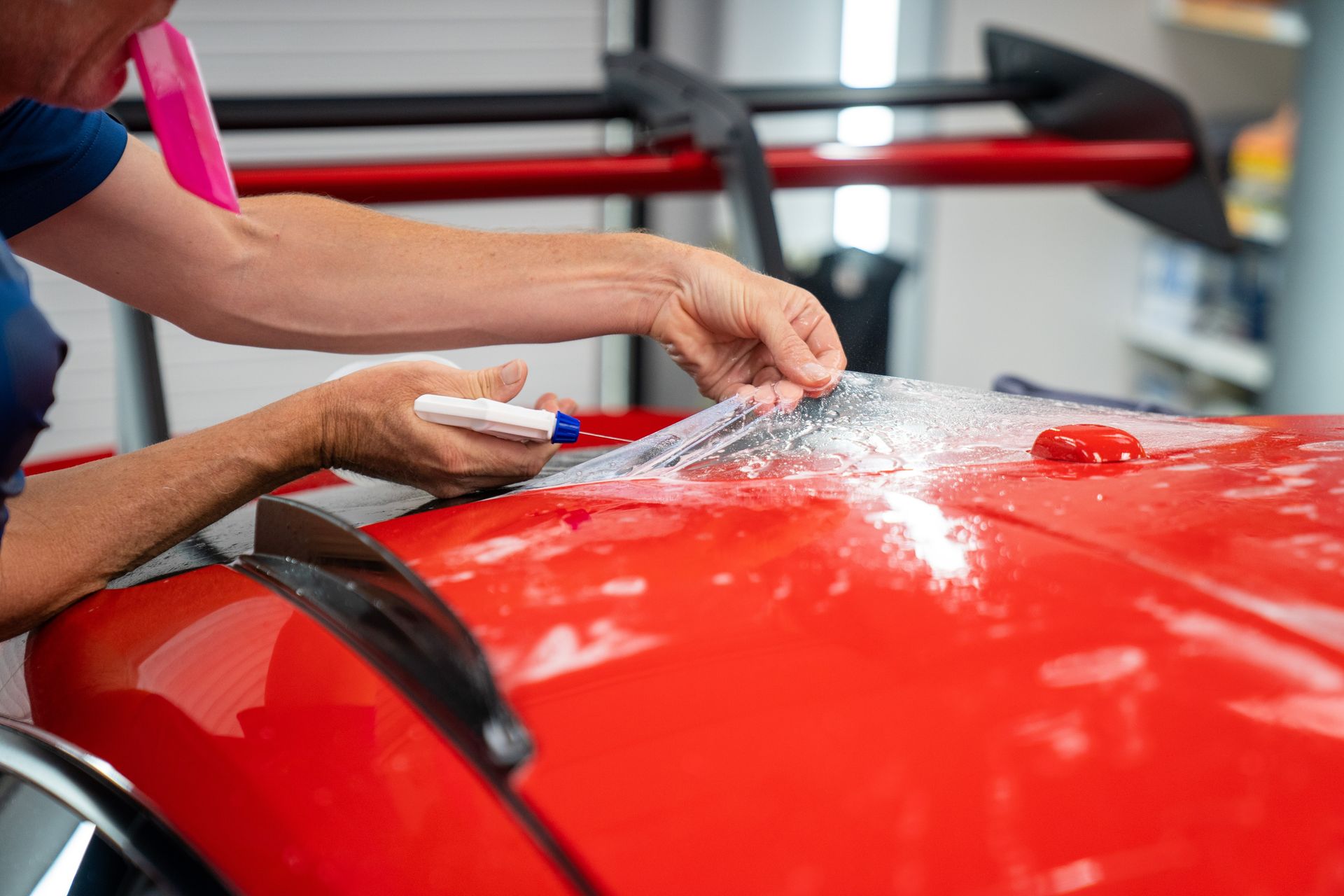How Ceramic Coating Protects Your Vehicle Against Salt and Snow This Winter
CALL (813) 723-9679
GET A FREE ESTIMATEIf you’re like most drivers, you're probably wondering how to keep your vehicle protected from the elements during these chilly months. Enter ceramic coating—a protective layer that promises to safeguard your car's paint against not just water but also corrosive substances like salt. Think about it: driving through slush might make the outside of your car look great for about five minutes before it becomes a grimy mess again. But with the right ceramic coating in place, cleaning becomes much easier, and your vehicle can remain in good shape despite what nature throws at it. Let's dive into why ceramic coatings are an essential investment for your ride this winter season.
Ceramic coatings do provide a layer of protection for vehicles against harsh winter elements, including road salt and snow. However, users should be aware that experiences with their performance can vary; while some premium products hold up well under winter conditions, others may degrade quickly when exposed to brine. Regular maintenance and good application practices are essential for optimal effectiveness.
Benefits of Ceramic Coating for Winter Protection
One standout benefit of ceramic coatings is their hydrophobic properties, which means they repel water effectively. This unique characteristic allows water to bead up and roll off the surface, carrying dirt, grime, and road salt with it. Imagine driving through slushy streets or heavy snowfall; without this coating, you'd likely end up with a grimy exterior that attracts stains. However, with the coating in place, maintaining a clean car becomes far less burdensome.
The reduction in water spot formation not only keeps your vehicle looking better but also significantly reduces the need for constant washing during the winter months—saving you time and effort. According to research from the Auto Care Association, vehicles treated with ceramic solutions experience a substantial 35% reduction in salt and chemical corrosion compared to their untreated counterparts. Protecting your paintwork from both visible wear and hidden degradation can extend its lifespan dramatically.
Enhanced Durability
When you invest in a high-end ceramic coating like Gtechniq Crystal Serum Ultra, you're getting more than just a pretty finish. These premium products bond at a molecular level with your car’s paintwork, creating an exceptionally durable barrier against chemical etching caused by snow and ice melt. The extended durability of these coatings can last up to seven years—considerably longer than traditional waxes that typically require reapplication every few months. With these notable benefits established, we now turn our focus to an examination of how these coatings actively withstand snow while ensuring your vehicle remains intact against harsh elements.
How Ceramic Coatings Combat Salt and Snow
Ceramic coatings have revolutionized vehicle protection by creating a semi-permanent bond with your car's paint. This bond forms a protective barrier that is surprisingly effective against common corrosive agents like salt. What makes salt particularly troublesome is its ability to attract moisture, initiating the rusting process that can devastate a vehicle over time.
However, when your car is treated with a ceramic coating, the salt finds it challenging to adhere to the slick surface, substantially reducing rust formation. It’s as if you’ve put a shield on your vehicle, enabling it to stand strong against the harshest winter elements.
When road salt comes into contact with water, it produces what is known as brine—a potent corrosive solution particularly hostile to vehicle exteriors. With ceramic coatings in place, this brine is kept at bay since the coating acts as an impermeable sealant. This prevents any brine solution from penetrating into the paint, effectively shielding the clear coat from erosion and damage. Imagine being able to walk through a storm without getting wet; that’s what a ceramic coating does for your car!
Mechanism of Protection
The magic of ceramic coatings lies in their ability to level out microscopic imperfections on your vehicle’s surface, thus creating a smooth and slick protective layer. This smoothness not only enhances appearance but also serves as a barrier against contaminants that might otherwise embed themselves into the paintwork. Think about how much easier it is to clean a freshly polished surface versus one riddled with blemishes; this principle applies directly to your vehicle.
Some argue that no coating can be completely invincible against salt and other corrosive substances, making regular maintenance essential. While this viewpoint holds some validity—after all, nothing can replace diligent care—studies consistently show that ceramic coatings significantly minimize potential damage compared to untreated surfaces. For instance, users have reported that vehicles treated with high-quality ceramic products exhibit much less wear even after prolonged exposure to winter elements.
With numerous options available today, understanding how each product performs can make all the difference in ensuring optimal protection during harsh winter months. As we explore the next topic, we will evaluate varying approaches to applying these protective layers, assessing whether to tackle it independently or seek expert help.
Application Process: DIY vs Professional
Applying ceramic coatings can be quite an undertaking, yet deciding whether to tackle it yourself or hire a professional can significantly impact the outcome. If you're leaning towards doing it yourself, bear in mind that while DIY kits can be tempting—not only for their cost-effectiveness but also for the satisfaction of working on your own vehicle—there are important factors to consider.
Pros and Cons of DIY
Pros:
- Cost-effective: With DIY kits typically ranging from approximately $50 to $150, applying ceramic coating yourself allows you to save considerably over hiring professionals, whose services usually fall between $500 and $2,000 depending on the complexity and size of the job.
- Satisfaction: Many enthusiasts find immense gratification in completing a project themselves. Seeing your hard work pay off as you admire the glossy finish can be a fulfilling experience.
Cons:
- Skill Required: However, it’s crucial to understand that proper application requires some know-how. Those lacking experience may struggle with uneven coats or streaks that ruin the final look. Taking your time to learn the needed skills can mitigate these risks, but it does require dedication.
On the other hand, opting for a professional application offers its own unique advantages as well.
Professional Application
Professional detailers bring a wealth of experience and specialized tools to ensure that ceramic coatings are applied flawlessly. These experts work in controlled environments where dust and debris are minimized, providing optimal conditions for the coating to cure properly. Given their expertise, they often achieve results that are challenging for even experienced DIYers.
While this level of service comes at a higher price than DIY kits, it often includes warranties that protect your investment for years. The choice between DIY and hiring a professional ultimately hinges on what you prioritize: immediate cost savings or an assurance of quality and durability. As you weigh these considerations, it's equally important to examine how these protective measures stack up against other available options in today's market.
Comparing Ceramic Coating to Other Methods
While ceramic coatings provide significant advantages, alternatives like waxing, sealants, and paint protection film (PPF) each have their merits and drawbacks that deserve consideration.
- Waxing: Waxing is one of the oldest techniques in car detailing and has remained popular due to its affordability and ease of application. This method involves applying a natural or synthetic wax to create a thin protective layer on your vehicle's surface. The primary benefit here is that waxing can give your vehicle a beautiful shine while being gentle on your wallet. It's user-friendly; even novice owners can easily master the application process with little more than some elbow grease and a microfiber cloth. However, waxing has its drawbacks, namely, the need for frequent reapplications—typically every few weeks. This can become time-consuming as well as labor-intensive, particularly during harsh winter weather when salt and snow take their toll on your vehicle’s finish.
- Sealants: Next come sealants, which are synthetic products designed to offer longer-lasting protection compared to traditional waxes. With an effective lifespan of around six months under normal conditions, sealants are often favored for their durability without requiring constant attention. Sealants deliver good hydrophobic properties that encourage water runoff, reducing the chances of water spots forming on your paint job. The downside? Sealants can be less resistant to chemical etching or damage from road salt compared to ceramic coatings. While they extend the time between applications, they might not provide the comprehensive defense you're looking for if winter conditions are particularly severe.
- Paint Protection Film (PPF): Lastly, we have paint protection film (PPF), which takes car protection up several notches. This thick, transparent plastic film wraps around areas most susceptible to physical damage—from road debris to gravel. PPF excels at guarding against scratches and abrasions while offering outstanding corrosion resistance. Plus, it has self-healing capabilities that allow minor marks or scratches to disappear over time through external heat application. On the flip side, PPF can come with a steep price tag and may alter the appearance of your car's paint due to its texture or sheen. Additionally, proper installation is critical; a poorly applied film could leave you with unsightly bubbles or creases.
When we compare these methods, ceramic coatings emerge as a pragmatic solution that strikes a favorable balance between cost and long-term effectiveness. They combine durability with excellent performance against environmental challenges, making them a preferred choice among many vehicle owners. In fact, recent surveys indicate that about 65% of car owners now opt for ceramic coatings rather than traditional waxing methods due to these heightened durability patterns alongside reduced maintenance requirements. With such compelling benefits making ceramic coatings increasingly popular, it's clear why they represent a smart investment for those looking to protect their vehicles during tough winters.
Unmatched Ceramic Coating Expertise in Tampa, FL
Protect your vehicle’s finish with the industry-leading ceramic coating services at Presidential Automotive Detailing in Tampa, FL. Our expert team applies premium-grade coatings designed to shield your paint from Florida’s intense sun, harsh rain, and everyday wear while delivering an incredible, long-lasting gloss. Whether you're looking to enhance durability or maintain that showroom shine, our meticulous process ensures top-tier protection and a flawless finish. Secure the best defense for your car—schedule your ceramic coating service with Presidential Automotive Detailing today!


